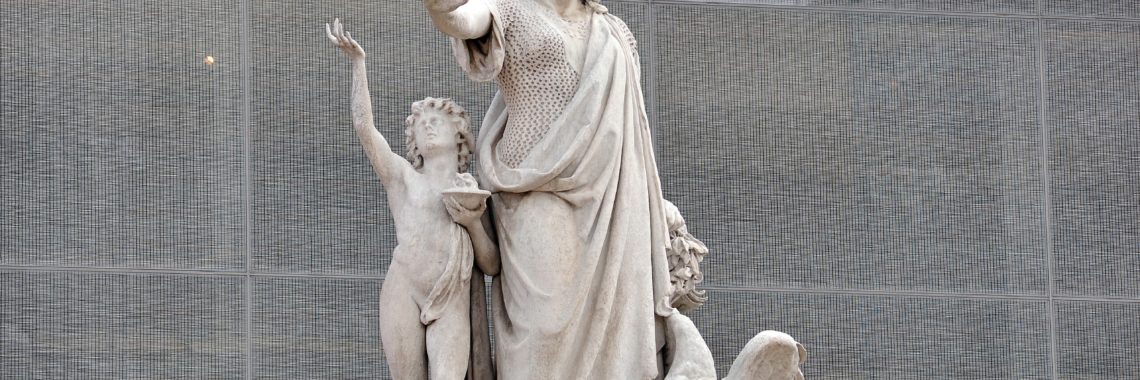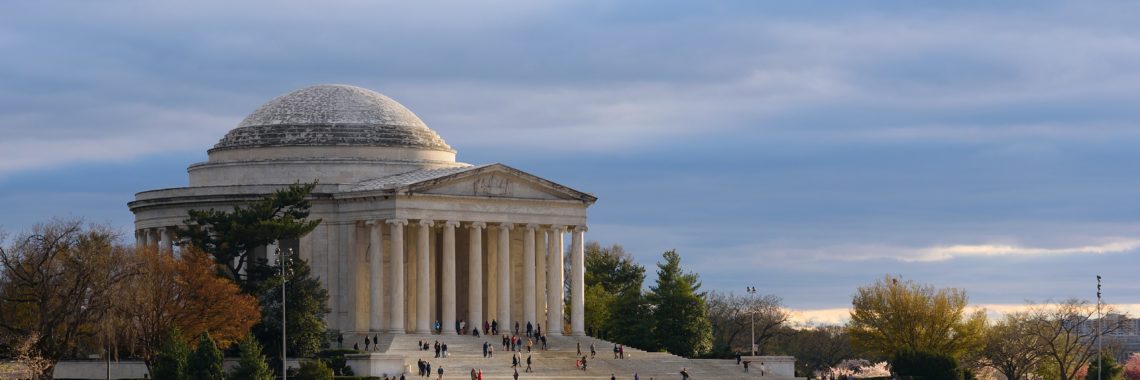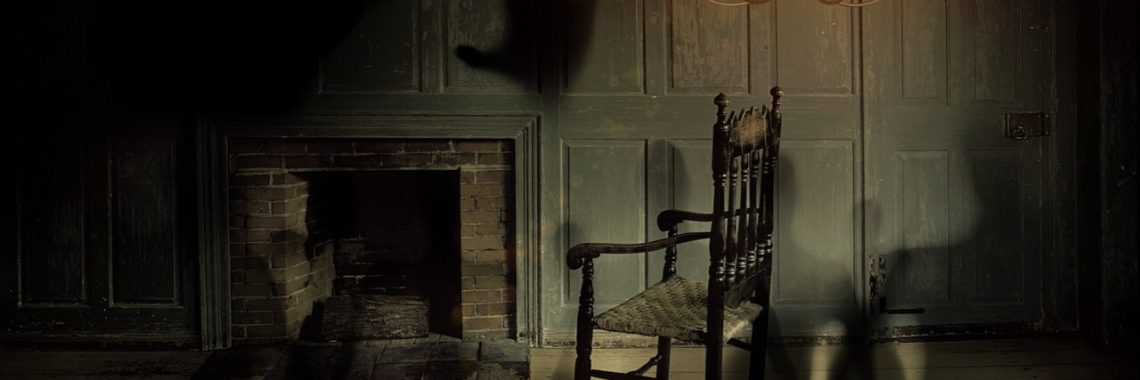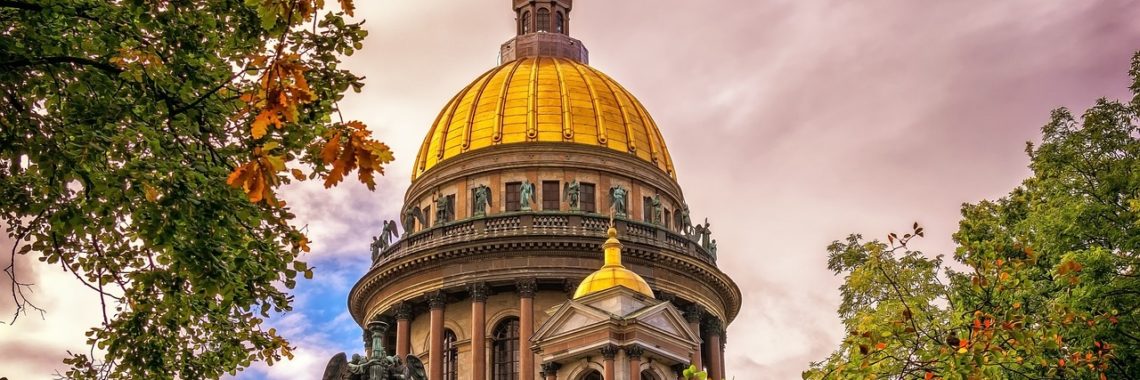“Playing with Fire (Again): Authoritarian Tendencies in Max Weber’s Thought” by David Little
Street sign of Max Weber Square. Cholo Alemen on Wikimedia (CC-BY-SA-3.0) Editorial Note: Page numbers in the text refer to the prior publication linked in the text. In an earlier article in this publication on Robert A. Yelle’s book, Sovereignty and the Sacred, I claimed that Yelle fails to take seriously the distressing theoretical and…











